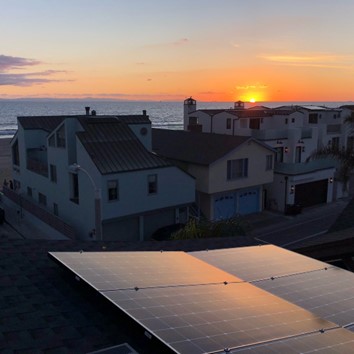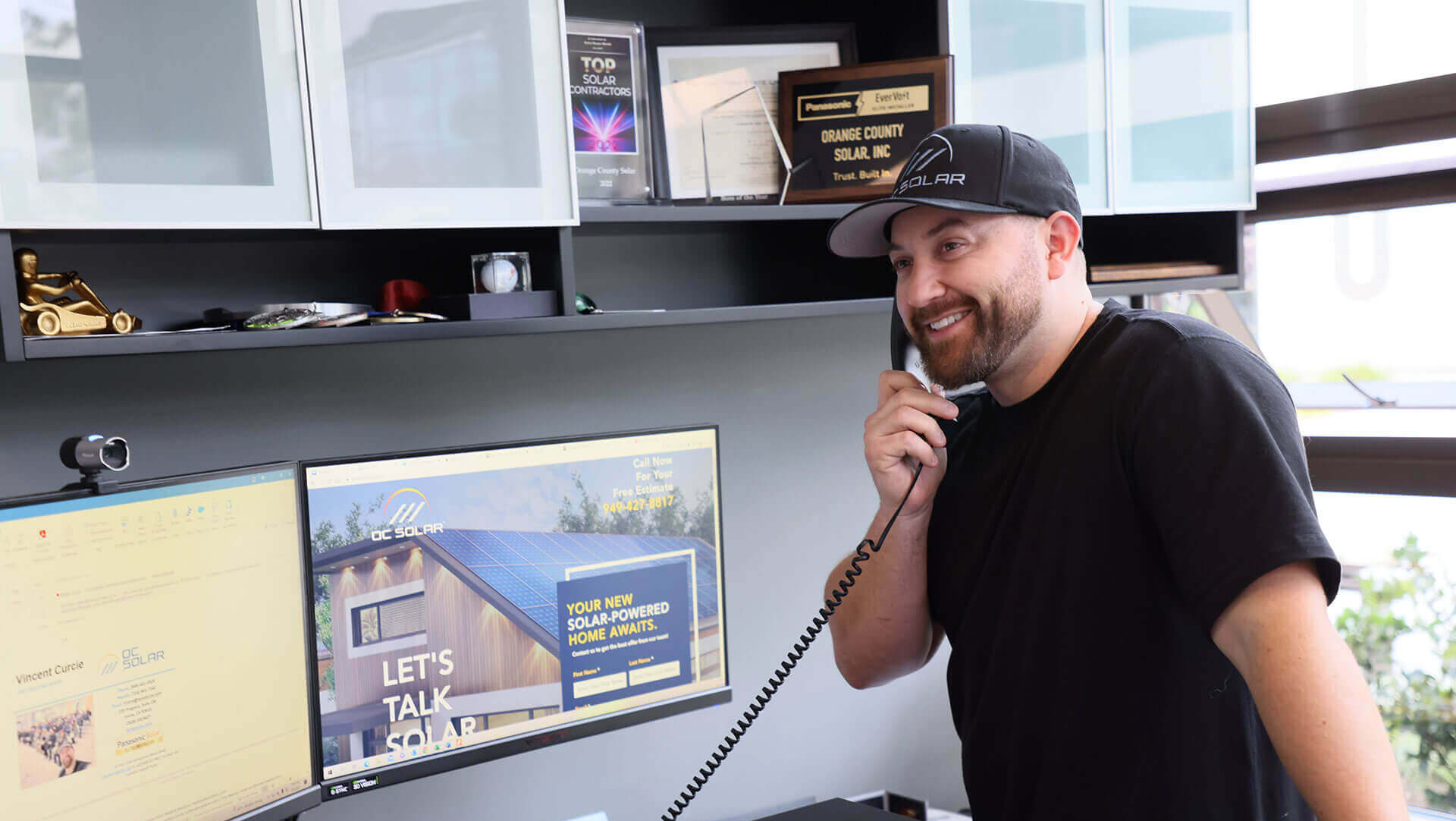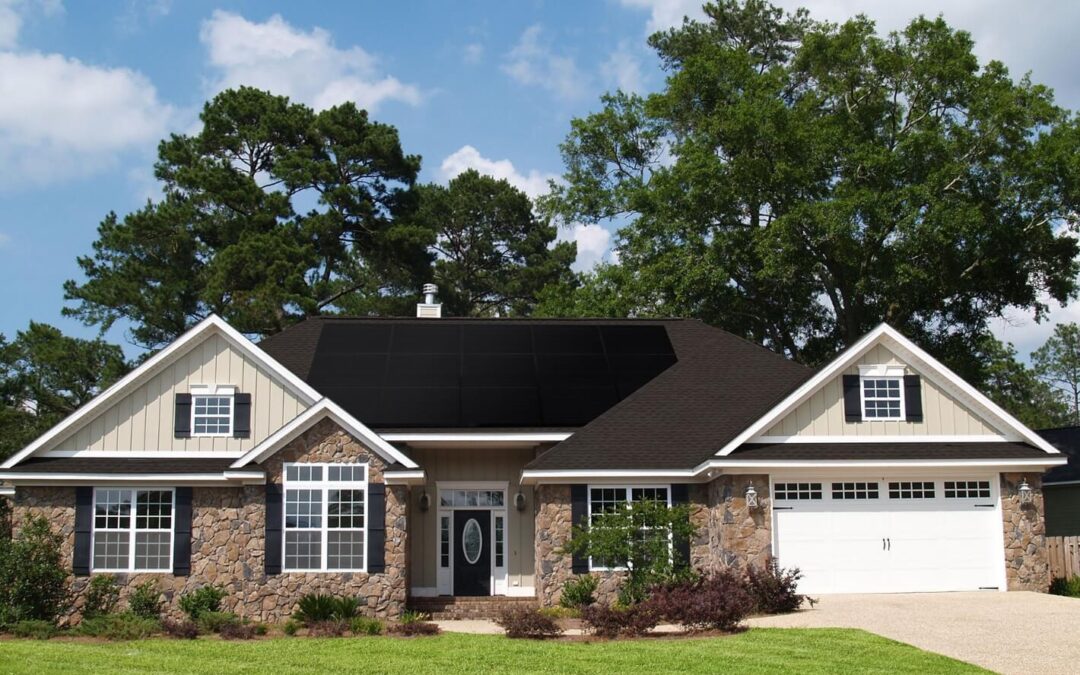The clean energy movement has undeniably gained momentum, with residential solar power emerging as a leading choice for homeowners seeking to reduce their carbon footprint and lower their electricity bills. This surge in interest has been significantly bolstered by supportive federal policies aimed at making solar energy accessible and affordable. However, a pivotal shift is underway with the recent enactment of President Trump’s “Big, Beautiful Bill” (BBB), which introduces significant changes to the landscape of residential solar incentives. These policy adjustments demand immediate attention and action from any homeowner in Orange County and the greater Los Angeles area considering a solar investment.
The Foundation of Solar Growth: A Powerful Incentive
For many years, the Residential Clean Energy Credit, widely known as the Investment Tax Credit (ITC), has been a cornerstone of solar adoption across the United States. This robust federal incentive offered homeowners a 30% tax credit on the total cost of their residential solar energy system. So, if your solar system costs $30,000, you would receive $9,000 back on your tax return.
This direct financial benefit has made solar power a realistic and financially attractive option for millions of families, driving down installation costs and accelerating the transition to clean energy. The credit empowered homeowners to invest in energy independence while helping grow a vibrant domestic solar industry.
The BBB’s Impact: A Swift Sunset for Your Savings
The landscape for residential solar is poised for a dramatic transformation following Trump’s signing of the Big, Beautiful Bill on July 4, 2025. A critical provision within this legislation states that the 30% Residential Clean Energy Credit will officially expire at midnight on December 31, 2025. This means your solar system must be both installed and functional by December 31st to qualify for the credit, not just paid for.
This accelerated timeline marks a sharp departure from earlier legislation, which had planned a gradual phase-down of the credit through 2032. Instead, homeowners now face a hard deadline to claim the 30% tax credit—no extensions, no phase-outs.

What does this mean for homeowners?
Delaying your solar installation could result in missing out on thousands of dollars in federal tax savings. The 30% credit functions as a dollar-for-dollar reduction in your federal tax liability, significantly lowering your out-of-pocket cost for solar.
After December 31, 2025, this benefit disappears completely, raising the upfront cost of solar by as much as $6,000 to $12,000+, depending on the size of your system.
Understanding the Policy Shift and Its Ramifications
The administration’s rationale for the BBB is to “eliminate market distortions” and reduce taxpayer costs associated with green energy incentives. The bill prioritizes what it calls “reliable, dispatchable energy sources”, primarily fossil fuels, while aiming to reduce federal support for renewables.
While the long-term economic and environmental implications remain to be seen, the immediate effect is clear: uncertainty, urgency, and concern across the residential solar market.
Industry analysts are already forecasting a drop in new solar installations starting in 2026, as the expiration of the 30% credit makes solar less affordable for the average homeowner.
How OC Solar Is Responding
At OC Solar, we’re working proactively to help homeowners in Orange County and the greater Los Angeles area secure their systems before the end-of-year deadline. We’re:
- Fast-tracking permitting and installation timelines
- Monitoring component supply chains to avoid delays
- Helping customers lock in federal savings while they’re still available
With demand expected to surge through Q4, we strongly recommend beginning your solar project no later than early fall 2025 to guarantee completion by the December 31 deadline.
Solar Still Makes Sense, But the Financial Equation Changes
Even without the tax credit, the benefits of solar remain strong:
- Lower monthly electric bills
- Energy independence during outages or rate hikes
- Increased home value
- Reduced carbon footprint
However, without the 30% credit, the payback period increases, and the initial investment becomes steeper. Many families who were relying on federal incentives to make solar affordable may find it financially out of reach in 2026 and beyond.
That’s why acting now is essential.
Miss the Tax Credit? You Still Have Options with the OC Solar Energy Agreement
While the 30% federal solar tax credit is ending on December 31, 2025, homeowners still have a powerful way to go solar. With the OC Solar Energy Agreement, you can get solar installed for free! The only thing you pay is for the energy your system produces (which is lower than your monthly utility bill)
With the OC Solar Energy Agreement, you’ll get:
- Free system installation
- Free ongoing maintenance
- No ownership responsibility or surprise repairs
This is a worry-free way to enjoy the benefits of solar without the burden of a large upfront investment. Curious about the differences between the Energy Agreement and owning solar? Check out our blog comparing the two here.
Don’t Delay: Your Opportunity Is Now with OC Solar

If you’re considering solar for your home, now is the time to act. To qualify for the 30% tax credit, your system must be fully installed and functioning by December 31st, 2025. This is a firm, non-negotiable deadline. With longer permit queues and increased installation demand anticipated in Q4, we strongly advise getting started today.
OC Solar is committed to helping everyone secure their 30% federal tax credit. Join the thousands of homeowners who have trusted OC Solar to install their home solar and battery systems. Contact us today for your free, personalized solar estimate!

